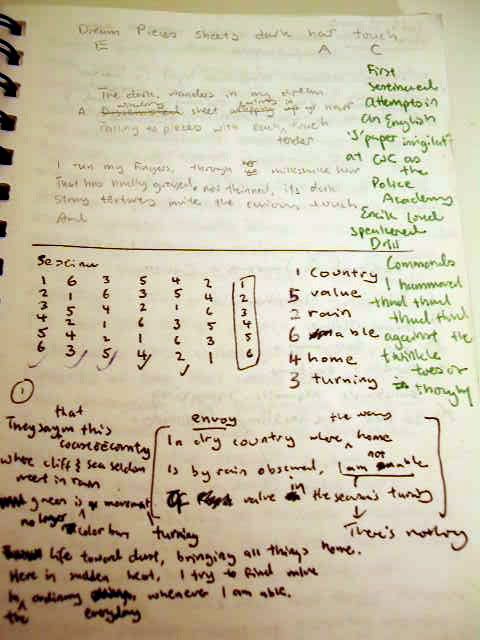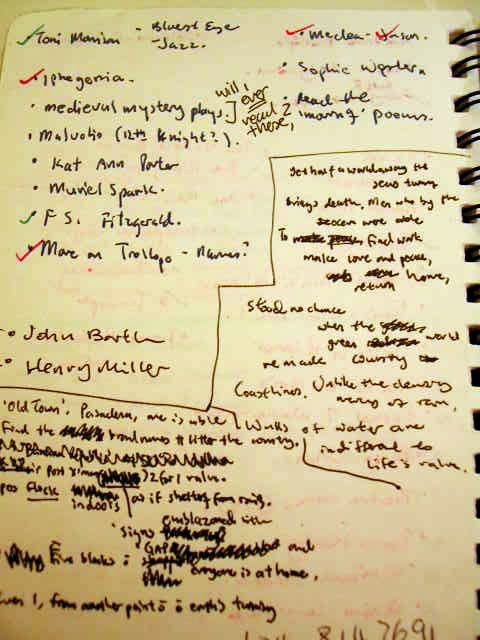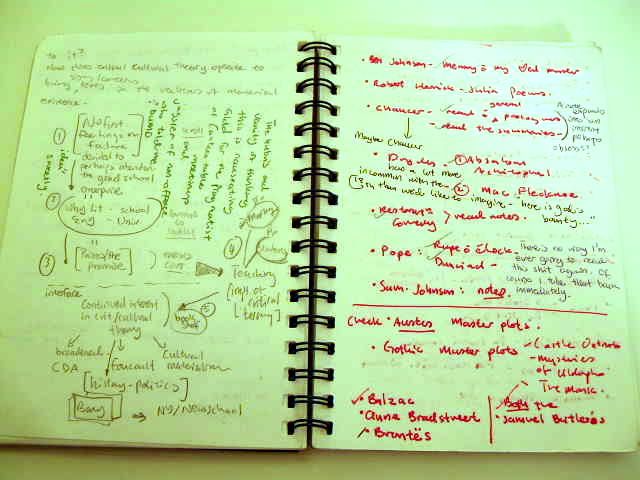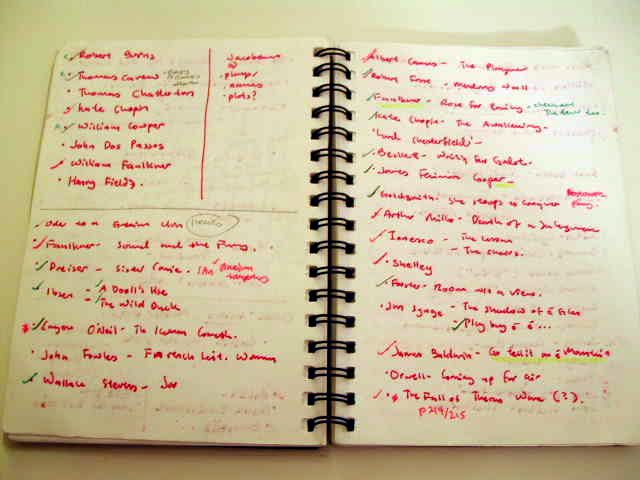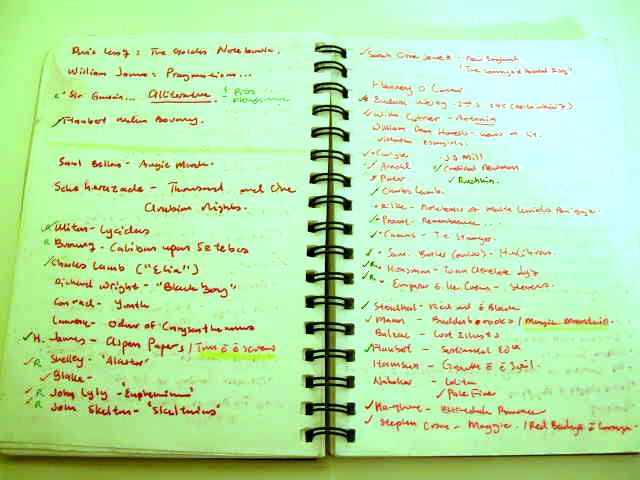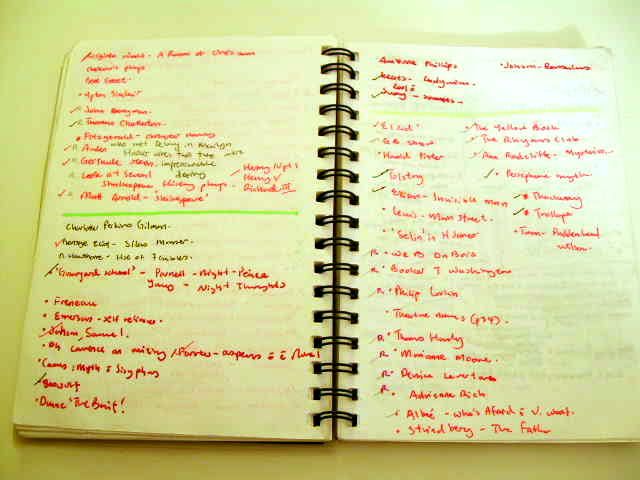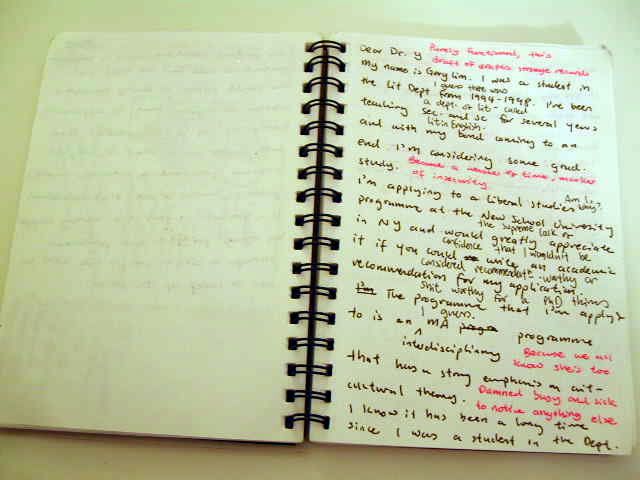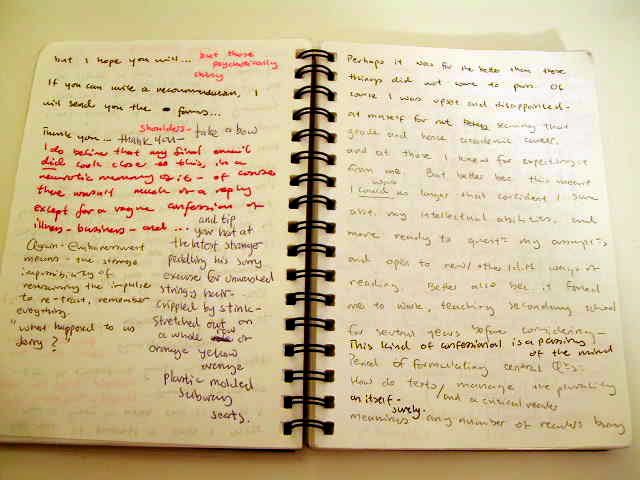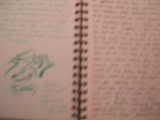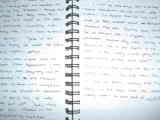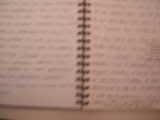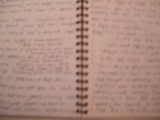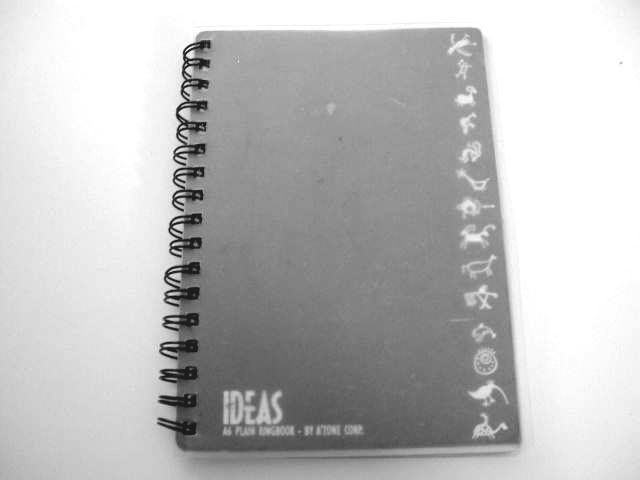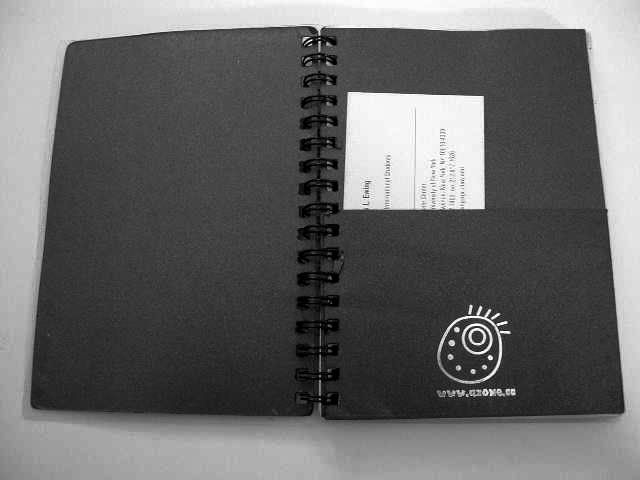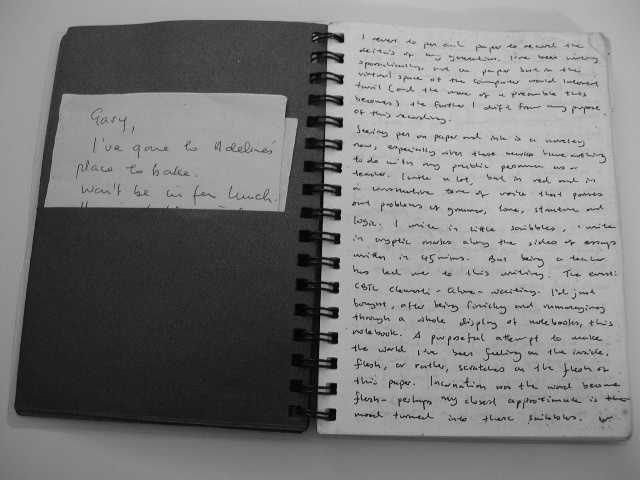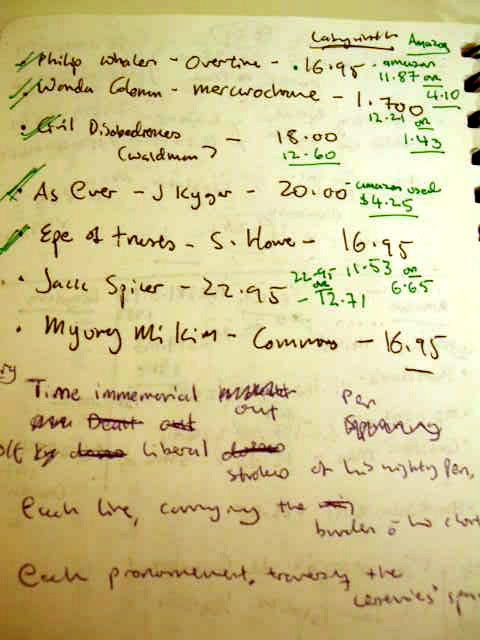 Concluding our study of the "proto-numeric" inscriptions, a conclusion that must come quickly because of certain tendencies in the Consciousness, that if pursued, can only lead to individuation, we will briefly consider the image on the right. As with the Lists that we viewed earlier on, this particular page seems to exhibit the same kind of structure that depends on discrete items holding the meanings open. Next to each item, we find sets of the "proto-numeric" inscriptions. Unlike the cipher system that was earlier described, these inscriptions in black as well as in green do not seem to Code the "Language" in the same way.
Concluding our study of the "proto-numeric" inscriptions, a conclusion that must come quickly because of certain tendencies in the Consciousness, that if pursued, can only lead to individuation, we will briefly consider the image on the right. As with the Lists that we viewed earlier on, this particular page seems to exhibit the same kind of structure that depends on discrete items holding the meanings open. Next to each item, we find sets of the "proto-numeric" inscriptions. Unlike the cipher system that was earlier described, these inscriptions in black as well as in green do not seem to Code the "Language" in the same way.What then, might the "proto-numerics" mean?
Consider the following transcription:
As ever - J Kyger - 20.00 - amazon used / $4.25
The "$" sign must indicate some kind of "transformation formula" that tethers the "proto-numerics" to the rest of the items on the List. Why then does "$" only occur once on this page? Perhaps that is not the right question to ask. Perhaps the question that would benefit our investigation is why it occurs at all. Did something happen in the construction of this List that caused the "Writer" to first forget what linked the "proto-numerics" to the list, recall, and thus anxiously inscribe "$" as a reminder? Is it right to say that the lone occurence of "$" does not represent the singularity but the ubiquity of the value hidden, or assumed in ALL the items on the List?
What burden of meaning and correspondence of Value does "$" carry and how are the rest of the inscriptions transformed into its terms?
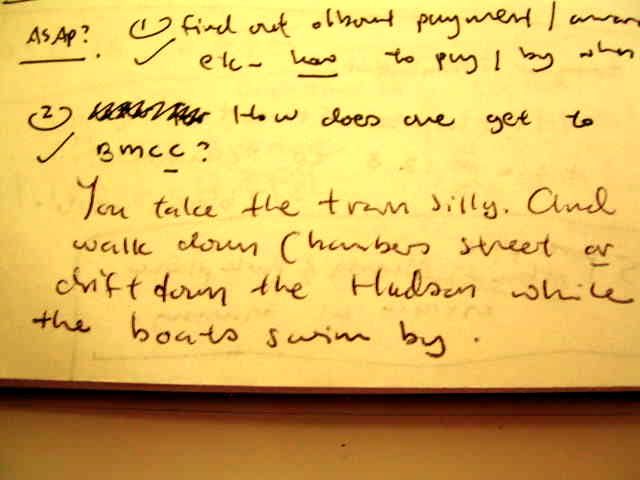
 ,
, 


